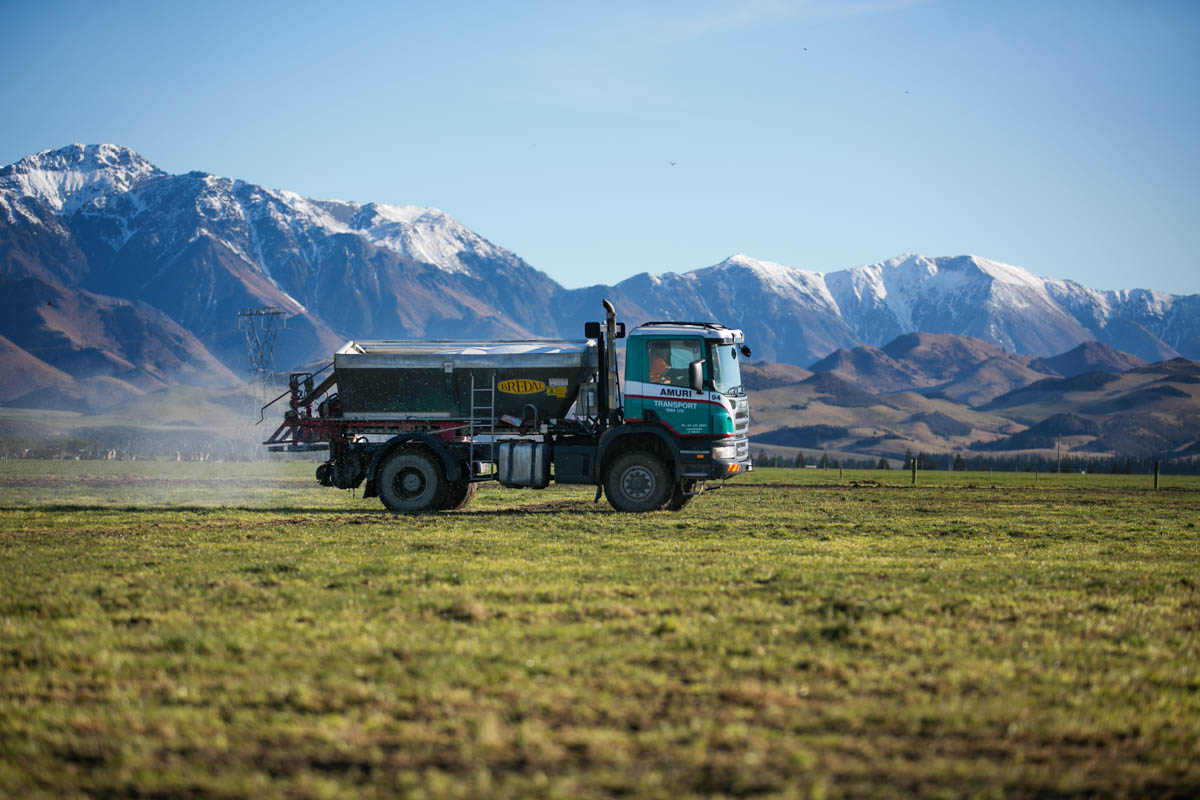Drastic policies will hike inputs
By Mark Ross

AMBITIOUS TARGETS TO REDUCE carbon emissions has forced China to make drastic policy changes, resulting in strict measures to control energy supply. The global market will be caught in the crossfire of China’s measures to reduce its environmental footprint, with ambitious goals to be carbon neutral by 2060.
Although noble in cause, the spin-off will be further price hikes for goods on top of an already strained supply chain. Depending on the economic outlook for our primary industries, farmers and growers will either absorb the price hikes, pass them on, or change production. Inevitably, food prices will keep creeping upwards.
With pressure to meet environmental targets, China had to redefine its reliance on coal. In 2020, about 57% of China’s total energy consumption came from this most carbon-intensive fossil fuel, according to a report commissioned by CropLife Asia. In September 2020, China announced plans to peak its carbon emissions by 2030 and become carbon neutral before 2060.
A policy towards carbon neutrality was published in August last year, much of which involves controlling electricity supply.
Any company sourcing from China could be affected by a resulting lack of energy availability. Limitations on production will be supply chain-wide, from mining to pesticide formulators.
A limit on the number of days many Chinese chemical companies and their raw materials suppliers can manufacture is expected. This will have wide-ranging impacts on the supply and price of goods from its manufacturing plants.
Exacerbating the supply issues was the ban of Australian coal imports amid growing tensions between the two countries.
With temporary suspensions of operation, Chinese agrichemical companies face shortages of raw materials and electricity supply at the same time. The ongoing lack of power availability will likely increase active ingredient prices and other farm inputs.
Forecasts of lower crop prices in key markets could preclude growers from absorbing price increases. A move away from fertiliser-intensive crops, such as maize, in favour of those with lower fertiliser requirements, such as pulses, could eventuate.
Through reduced availability from China and high gas prices in Europe, the high cost of fertilisers is reportedly impacting grower planting intentions in the United States. There are indications that this could spread further.
Growers may forgo certain applications in favour of non-chemical methods of pest control (e.g. ploughing in the place of pre-plant herbicides). Ironically, this will increase agricultural emissions, as ploughing releases carbon into the atmosphere and uses more fuel to power the farm machinery.
The most favourable solution is to use pest control products, according to label instructions, only when necessary. Farmers and growers can adopt Integrated pest management plans such as crop rotation, use of locally adapted or pest-resistant/tolerant varieties and manipulating planting/harvest dates to avoid pests.
- Mark Ross is chief executive of Agcarm, the industry association for companies that manufacture and distribute crop protection and animal health products.




